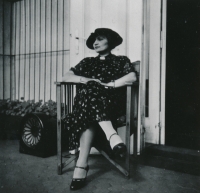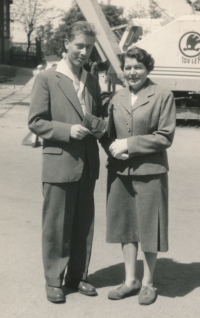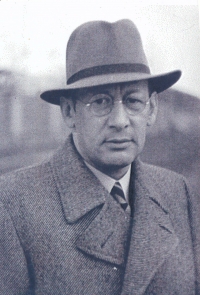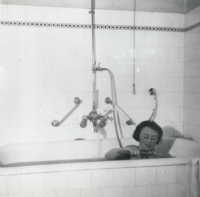Loos is modern even now, says the heir of an iconic Plzen house

Download image
Michal Brummel was born on May 27, 1933, in Klatovy. He comes from a wealthy Jewish family on his father’s side. His story is connected with a house on Husova street nr. 58 in Plzen, which was rebuilt in 1928 for his uncle Jan Brummel by the architect Adolf Loos. The Jewish Brummel family was tragically affected by the Holocaust as most of the relatives died in concentration camps. Michal himself was not affected by the deportations since his mother was not Jewish and Michal was classified as a mixed-race by the Nuremberg Laws. The house of Jan and Jana Brummel was Aryanized, and after the war – when the husband and wife both miraculously returned from concentration camps – it returned to the owners. Michal lived on Husova street in the years 1945 – 1964. In 1962, the house became state-owned, however, Michal’s aunt and mother lived there until the 1980s. At the start of this millennium, Michal Brummel began a complicated process of renovation and returned the house to a condition, in which he remembered it from his childhood. Brummel’s house opened to the public in 2015.

















